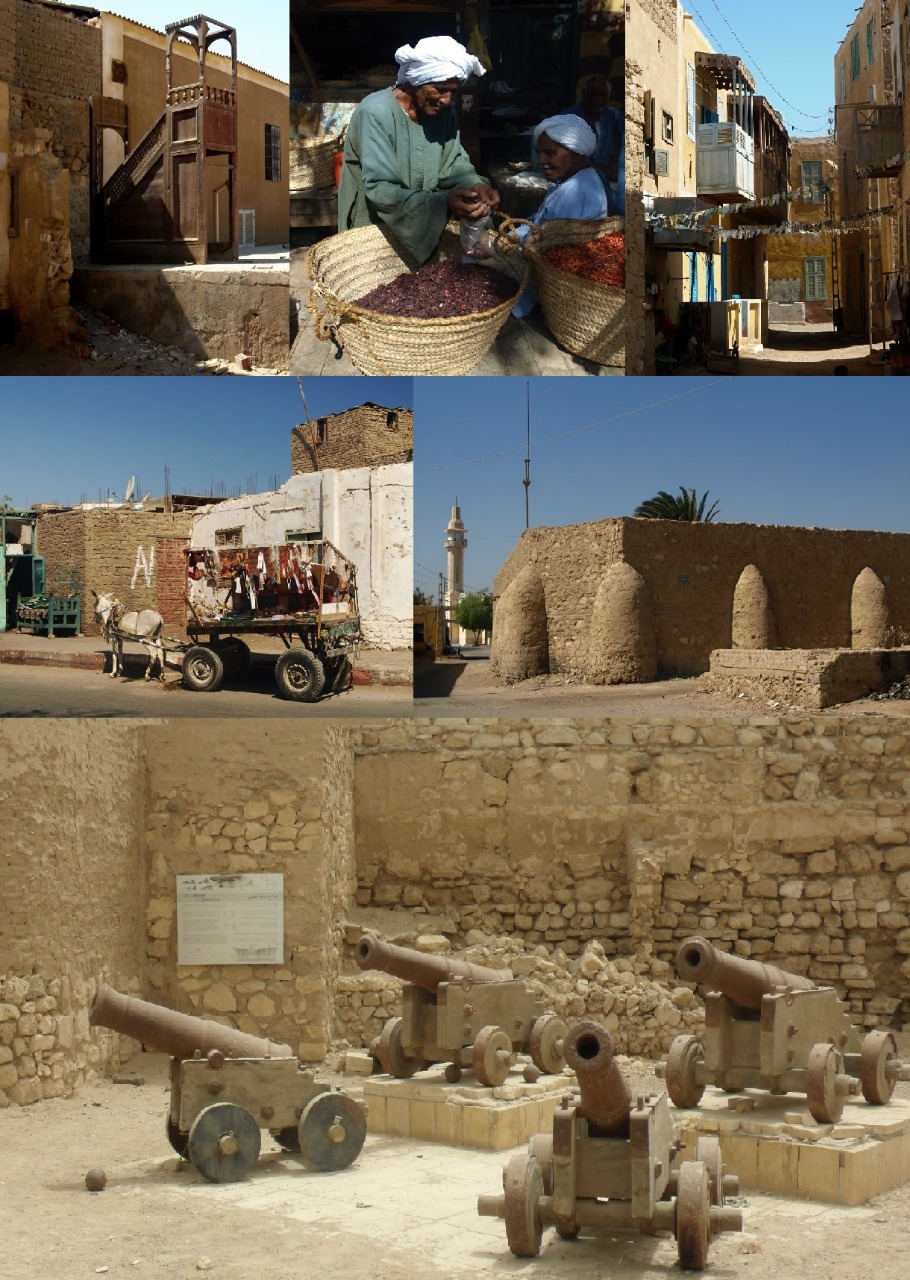El Quseir - en
El Quseir is a small fishing town located south of Hurghada. It lies on the road between Safaga (85 km) and Marsa Alam (110 km).
This town has a great location in the area extending along the shores of the Red Sea. Local turquoise waters, coral rugged coastline and rich underwater life offer quite a few options to enjoy a day full of discoveries and adventures. While walking along the banks you can see an ostensibly endless strip of corals with rich flora and fauna. It is therefore not surprising that these natural treasures are protected by law. Diving centers in this area and all visitors of the underwater world must proceed very carefully beneath the surface. It is important to be cautious because of these fragile beauties of nature. In return you can undisturbedly observe Echidnas, moray eels, stingrays, hammerhead or rare sea turtles.

It seems that the time has stopped here, so you can soak up the atmosphere of ancient Egypt. Unlike other popular Egyptian resorts that are very lively and busy, El Quseir and the surroundings are much calmer and their atmosphere provides relaxation and tranquility. Winding streets and squares are ideal for walks and you can also stop at the local street bazaars. The historical town of El Quseir is an ancient harbor which boasts many attractions. The significance of some local historical buildings is the fact that they are restored and renewed with the assistance of UNESCO.

The city’s history dates back to the times of the Pharaohs. By the 10th century, El Quseir was one of the most important ports in the Red Sea, as well as an important gateway for pilgrims traveling to Mecca. As a port it used to be linked with a number of Egyptian kings who utilized its advatageous position as the starting point of their expeditions.
Once people would mine gold in the surrounding mountains, which was then further processed and used for decoration and production of various objects. El Quseir used to be a center of trade and exports between the Nile Valley and the Red Sea. Even in a period of decline the city still remained significantly inhabited and was sufficiently important to the Ottomans, who fortified it. Fortress, which is more than 400 years old, was built by Sultan Selim to protect the harbor. During Napoleonic wars it didn’t escape from attention of this famous commander, therefore it was occupied and partially rebuilt. Until now you can still see menacingly outstretched guns made by the French and the Dutch throughout the whole area. Remnants of the fort dominate the town even today. It is surrounded by old buildings and houses with domed tombs of various holy men and pilgrims who died here during their pilgrimage to Mecca. When the Suez Canal was opened in 1869, the city lost its significance and began to decline. This was briefly interrupted in the early 20th century because of the phosphate production.


